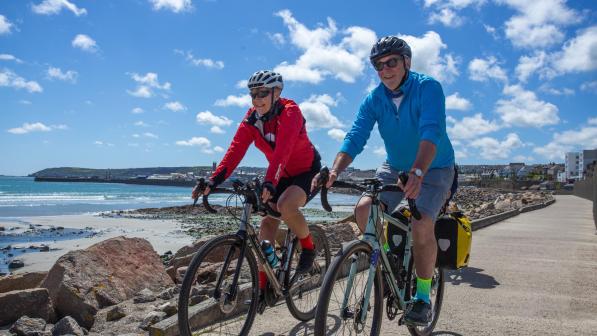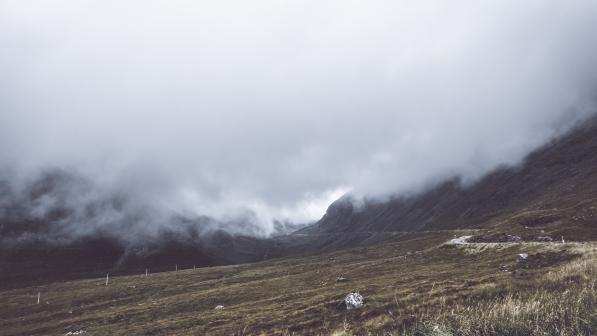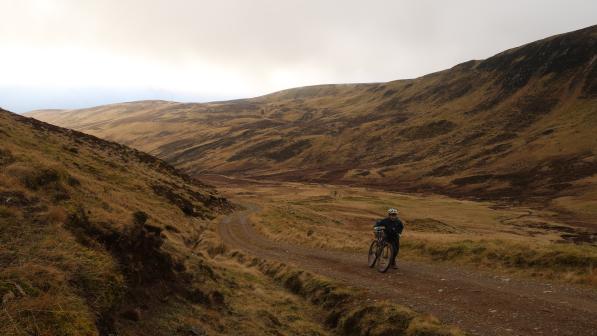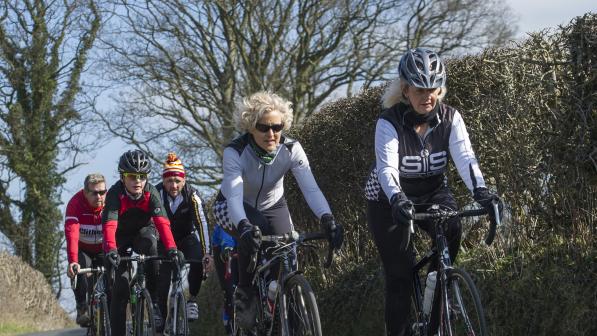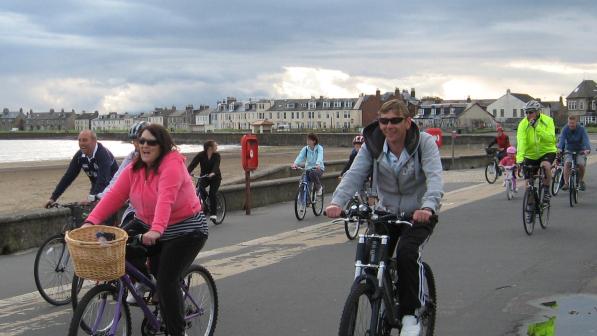Weekender: The Badger Divide

Route name: Badger Divide.
Start/finish: Kelvingrove Art Gallery & Museum in Glasgow to Inverness Castle.
Maps/guides: OS Landrangers 26, 34, 42, 57, 64.
Ride length: 338km/210 miles.
Climbing: 5,300m/17,400ft.
Bike type: Gravel bike or hybrid with 35mm+ tyres – or a mountain bike.
Ride level: Regular/experienced.
The Badger Divide uses the basis of the An Turas Mór route, itself part of Cycling UK’s Great North Trail, alongside the West Highland and Great Glen Ways. It’s a 210-mile journey from Glasgow to Inverness, with epic mountain passes, forested trails, lochs and river crossings.
A gravel bike is probably the best option for riding it. Surfaces range from rocky byways to compacted gravel and tarmac bike paths. There are some testing climbs and technical singletrack, as well as easy-going valley sections, so it’s quite a challenge. It starts in Glasgow, winding out through urban sprawl and then – by way of Aberfoyle and Killin – into the Trossachs.

The real wilderness begins as you leave Killin. There are few amenities for the next 100 miles. Scenic highlights include the dramatic climbs over Kennock and Balgie, exposed moorland, and the stunning lochs of Rannoch, Ossian and Na h-Earba. You then follow in the footsteps of Scottish history, ascending the Corrieyairack Pass, which links Laggan and Fort Augustus.
The final stretch tracks Loch Ness via the Great Glen Way It’s a beautiful and rewarding ride, albeit a bit of a grind to complete over a long weekend. I did it in three days, averaging eight hours of riding a day. A four- or fiveday trip would let you better appreciate the drama and tranquility of the landscape.
1 Kelvingrove Park
The green heart of Glasgow’s hip West End, this urban haven is popular with pedestrians and cyclists, and it’s easy to see why. The hilly area offers landscape views of the River Clyde and its wildlife, and is a true breakout from the city bustle. If time allows, pay a visit to the nearby Kelvingrove Art Gallery & Museum, one of Scotland's most popular attractions.

2 The Trossachs
The climb out of Aberfoyle over Duke’s Pass introduces the wild landscapes of the Trossachs National Park. With glens, braes and lochs, this is where the route starts to deliver. The riding here ranges from woodland trails on the shores of Loch Venachar through to rolling terrain and rocky river crossings across the Glen Ample Valley.

3 Corrour
A rugged climb through the Corrour Estate is rewarded by panoramic landscapes of the Grampian Mountains. See if you can spot Ben Nevis! The hostel on the edges of the stunning Loch Ossian is a popular refuge, sitting about halfway along the route. Fans of the film Trainspotting will feel a glimmer of nostalgia while refuelling at Corrour Station House.
4 Lochan na h-Earba
One of the places where you deviate from the An Turas Mór route. Lovely gravel tracks thread between the mountains surrounding the twin lochs of Lochan na h-Earba. The clear waters invite the chance to cool off with a swim, so remember your costume. If that’s not your thing, the beach on the southern tip of the lake is a tranquil place for a rest.

5 Corrleyalrack Pass
Built in the 18th century during the Jacobite Rebellion, the former military road climbs to 770m, the highest point on the Badger Divide. The climb is tough: the old cobbles have mostly eroded and been replaced by loose rock. Wide tyres and a wide gear range will help. The summit provides views back to Laggan and ahead to Fort Augustus and Loch Ness.
6 Inverness Castle
The final section of the route follows the Great Glen Way, overlooking the River Ness from Fort Augustus to Inverness. An epic journey requires a grand finishing point, and Inverness Castle is exactly that. The current castle was built in 1836 and dominates the cityscape with its powerful red sandstone towers, but it dates back to the 11th century.

